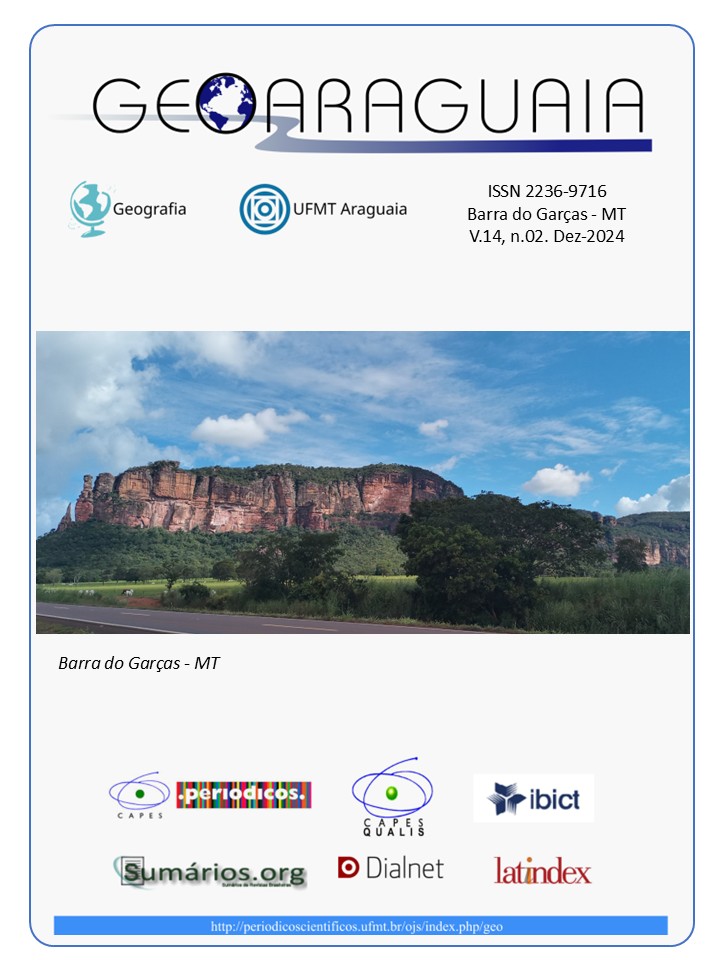Survey of the Physical Environment and Land Use Classification by the Land Use Capability System at CCA/UFSCar
Keywords:
Soil Management, Interpretative Land Classification, Soil Conservation, PedologyAbstract
Investigating the natural propensity for land use is essential, especially in areas subject to intense human action. Using soil without considering its productive capacity can lead to underutilization or overutilization, resulting in inefficiency or severe damage. This study aimed to determine the land use capability at the Center for Agricultural Sciences (CCA) of the Federal University of São Carlos (UFSCar). By evaluating the morphological, physical, and chemical attributes of the soils, the land use capability was determined using the Land Use Capability System, which classifies soils according to their greatest limitation. It was found that the entire area falls into Group A, suitable for uses ranging from the preservation of fauna and flora to annual crops. However, there are differences in soil conservation needs observed among the classes. On the campus, class III predominates (94.14% of the total area), indicating areas with complex conservation and/or improvement problems; class II, with simpler issues, covers 2.31%, while 3.54% present serious soil conservation problems. In addition to the 23.78% of the area occupied by Permanent Preservation Area (APP) and Legal Reserve (RL), 67.59% of the area is being used appropriately, 3.54% above capacity, and 5.09% below. For overutilized areas, less intensive management or conservation designation, along with the implementation of recovery and erosion control practices, are recommended. Underutilized areas can be exploited to their full potential, while for adequately used areas, maintaining conservation practices is essential to ensure resource sustainability.
Downloads
Published
Issue
Section
How to Cite
License
A Revista Geoaraguaia poderá solicitar alterações de ordem normativa, ortográfica e gramatical, com vistas a manter o padrão culto da língua. Se necessário, alguns ajustes normativos podem ser feitos pela revista, porém respeitando o estilo dos autores.
As provas finais não serão enviadas aos autores.
As opiniões emitidas pelos autores dos artigos são de sua exclusiva responsabilidade.





 A revista
A revista